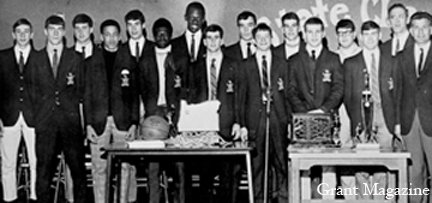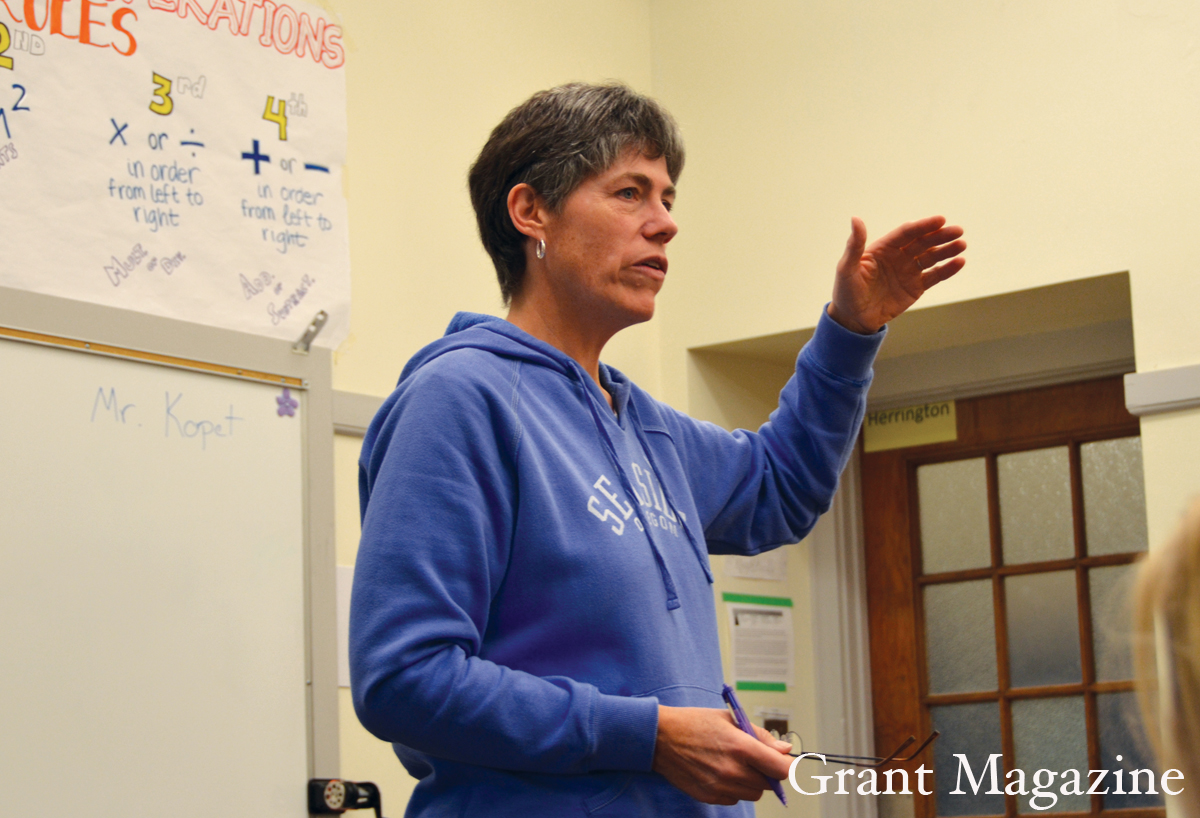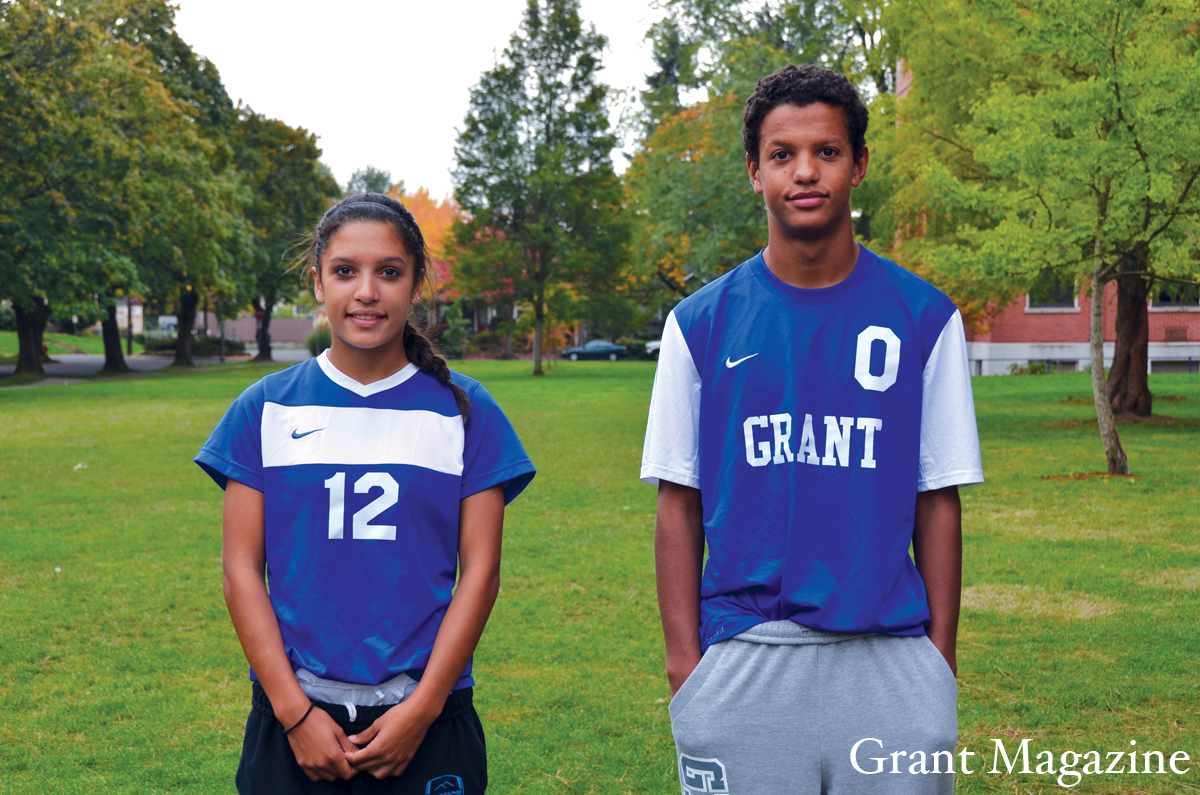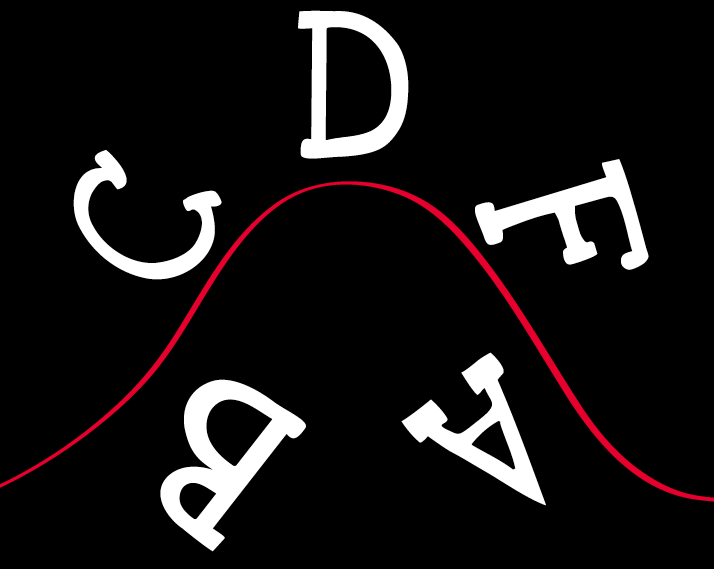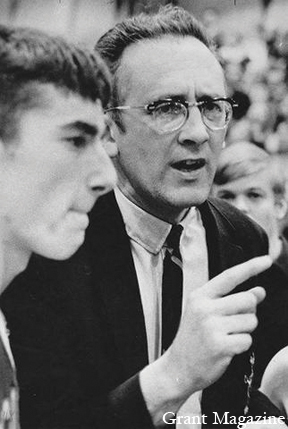
It was the state semifinals in 1969. The two powerhouse basketball teams went back and forth, exchanging leads. With nine seconds left, Grant High School’s team was down against Klamath Falls by a single point and “Big Bill” Flowers was on the line.
Never a great free throw shooter, Flowers missed both his shots. Amazingly, teammate Mike Naylor tracked down the rebound of the second miss and called a timeout with a few seconds left.
In the huddle, Grant coach Ed Rooney surprised the whole team when he told them to get the ball to Flowers so he could hit a game-winning shot.
“That showed me how much he really had faith in me, as a man,” Flowers, now 62, recalls. “He was the most trusting person I ever met.”
Flowers made the shot and Grant won by one point. Rooney had given the team the confidence to continue to strive forward and win.
Grant was at the top of its game. It was a team full of Division I talent. A city filled with racial tension. A basketball-crazy school. And it was Ed Rooney, the one coach who brought it all together, who inspired the entire Grant High School community.
Edward Rooney was born in Bayonne, N.J., in 1926. When he reached 18, it was time for Rooney to do what many men of his generation did. It was 1944 and America was at war. Rooney joined the Navy, serving ten months through to the end of the war.
He never saw any action, but during his service he taught math to uneducated sailors and played basketball, practicing consistently and working hard. He re-upped his service twice after that, serving in the Navy Reserve for two years.
After the war, Rooney found himself with nothing to do. A friend was driving out to Oregon to attend Pacific University in Forest Grove, and he hitched a ride, hoping to find a new life in the Northwest. He ended up falling in love with the area.
Rooney used his G.I. education voucher to attend Pacific, where he majored in math and education. He never played basketball in high school, but when he got to Forest Grove he found that his training in the Navy had left him with some skills. He excelled on the court, helped by his lean 6-foot-5 frame. He still holds Pacific’s record for shooting percentage.
It was there where he met his future wife, Delores, another student at Pacific. They eventually had nine children and lived together until her passing in 1992.
After college, Rooney found that he wanted to parlay his teaching degree and his love for basketball into a job as a high school coach. He started at Jacksonville High, a small school in Medford. Then he moved on to St. Helens High School, which was slightly larger. He led the varsity team there to the 1956 small school state championship. But he wasn’t content with coaching at small schools. He wanted the big time.
In the 1950s and 60s, Portland was the mecca of hoops in Oregon. Winning the Portland city championship was just as important, if not more, as winning state. Until the 1990s, Portland churned out more Division I prospects and NBA players than the rest of Oregon combined.
The biggest school in Portland was Grant, which had 3,300 students at the time. Before the Trail Blazers existed, high school basketball games were the most popular sporting event in Portland. In 1964, 110 kids tried out for Grant’s freshman basketball team.
Rooney’s son, Mike, only got to play one year of varsity. “I scored more points and got more playing time in college than I did at Grant,” Mike Rooney, 60, recalls. “That’s how competitive it was.”
It was a big deal. The coach at Grant was Paul McCall, a legend in the community. His teams had done well, winning the PIL in 1957 and 1958. By the late 50s Rooney had become a friend and protégé of McCall. When McCall left, Rooney came in to build the already great program to greater heights.
“Before you know him as a coach, you have to know Ed as a person,” says Flowers, who, as a former player, considered himself a lifelong friend of Rooney.
As busy as he was with nine children, Rooney was the type of person who got deeply involved in other people’s lives. “He changed my life forever. He showed me how to be strong, respectful, and how to be a leader,” says Flowers.
Rooney was brilliantly smart, had a sense of humor, and most importantly, Flowers says, showed strength of character to everyone who knew him.
As a coach, he ran a fluid, passing-based offense where all players shared the ball. “He really knew how to share the ball. It wasn’t one player jacking up 30 shots a game,” remembers Gerry Spencer, a student at Grant from 1956 to 1959. Today, Spencer, 66, is chairman of the Grant High School Athletic Hall of Fame.
On many of Rooney’s teams, all five starters averaged double figures. The varsity squads that he coached usually started pretty well, but mostly left off, at least record-wise, where McCall’s teams had. They consistently finished behind Jefferson and Washington. The program began to improve, and by 1968-69, the school had a great team that many thought would be the best in the state.
But there was trouble in paradise.
The late 60s was a time of extreme turmoil. The Vietnam War left a huge mark on every community around the United States.
The August 1967 Albina Riots, which began as a political rally to stir the African American community to “revolution” in Irving Park, turned into two nights of disturbances. Martin Luther King Jr. was shot by a white assassin seven months before the 1968-69 basketball season began.
These violent events left people around Portland wary of race issues.
“Coach Rooney came under a lot of pressure from the media and a few members of the community for starting three black players,” Flowers recalls.
“Many members of the Grant community would’ve rather had a white team that lost games than a mixed-race team that won.” -“Big Bill” Flowers
He also thought many white parents did not like that their children lost varsity spots to African American players.
Sometimes, the racial tension manifested itself off the basketball court. One day after school, Rooney’s daughter Alice was studying at home. She saw several young white men set a cross on fire and bury the end of it into the front yard. It was a shock to everyone in the family. “I didn’t know what was happening, but everyone seemed very scared,” remembers James Rooney, who was only six years old at the time.
Rooney watched it burn out, threw it in the trash, and never spoke of it again.
“He didn’t make a big deal out of the cross incident,” says Alice Rooney, now 63. “He just kept going.”
According to both Spencer and Flowers, Rooney was “colorblind.” All he cared about were two things: that you were a good person and that you could play basketball.
His 1968-69 team had talent, and plenty of it. Bill Flowers was a strong captain and a fantastic center, grabbing rebounds and scoring points in double figures every game. He wasn’t the only one who could play: Artie Wilson, who later played with the greatest basketball team Hawaii ever had, was a force at Grant, also scoring in double figures routinely.
Don Lincoln, Mike Naylor and Ed Geist rounded out the starting five, and all averaged more than ten points per game. Key bench contributors included June Jones, who went on to become an NFL quarterback and head coach; Gary Johnson; and Wilson Walker, who was a star on the 1971 team that finished second in state.
Rooney believed in a balanced team, and in 1969, he achieved basketball perfection.
The team shirked any racial controversy and blazed out to the best regular season in Grant history. They only lost one game all year, and they won the city championship for the first time in more than a decade. The playoffs started, and they cruised into the semi-finals, playing their custom brand of beautiful passing and responsibility of sharing the ball. It was there where the Generals met their toughest opponent, and where Flowers realized just how great of a man Rooney was.
Klamath Falls at the time had a great basketball team. The team was No. 2 in the state behind Grant. Not only were they good, but supporters were also openly racist. Klamath Falls had been home to Oregon’s longest running faction of the Ku Klux Klan faction, and many fans made open displays of racism. “He did a great job of shielding (the African American players) from the hateful words that were being tossed around,” says Flowers.
The game itself was fierce, with Grant winning on Bill Flowers’ shot. That win gave Grant confidence, which lead to them defeating Madison in the state final to claim Grant’s first basketball state championship ever.
The win solidified Rooney’s status as a Grant legend. He continued to coach at Grant until 1975, when he left to coach the University of Portland’s women’s basketball team.
Basketball wasn’t everything to Rooney. He was also a math teacher who was described by most students as a blast to have in class. “My friend said that it was a party every day in his class, and I thought: ‘That’s not the dad that I know,’” Alice Rooney recalls.
He was known by his students to be very humorous, but also served as a good teacher and role model. His humor entertained the class, but was not detrimental to learning.
Ed Rooney taught the Grant community a lot, family and friends say. He preached humility, honesty, respect and trust in both his coaching and his teaching. His legacy has lived on through his nine children, who all attended Grant.
Rooney died on Aug. 21, 2013. This month, his coaching career will be immortalized forever at Grant when Rooney and the entire 1968-69 state championship team will be inducted into the Grant Athletic Hall of Fame.
Flowers believes that Rooney’s biggest contribution was his approach to the game and the young men he coached. “What we accomplished was bigger than a trophy,” says Flowers. “It was a statement of equality.” ♦
In the October 2013 issue of Grant Magazine, a series of errors were made in the original version of the article Colorblind:
Gerry Spencer graduated from Grant High School in 1959. He is 72. The article incorrectly stated his graduation date and his age.
The Grant basketball teams of the late 1950s were highly successful in Portland Interscholastic League competition. The Generals won the PIL title in 1957 and 1958. The team finished 4-0 against both Washington and Jefferson high schools during that two-year span. The article incorrectly categorized how Grant played against the teams.
In the 1969 state championship, Grant played Madison High School. The article misidentified Grant’s opponent.
Grant Magazine regrets these errors. At Grant Magazine, we strive for journalistic accuracy and factual errors such as these are not acceptable. If there are any factual issues with any other writing the Magazine has produced, please contact the staff at grantmagazine@gmail.com.

